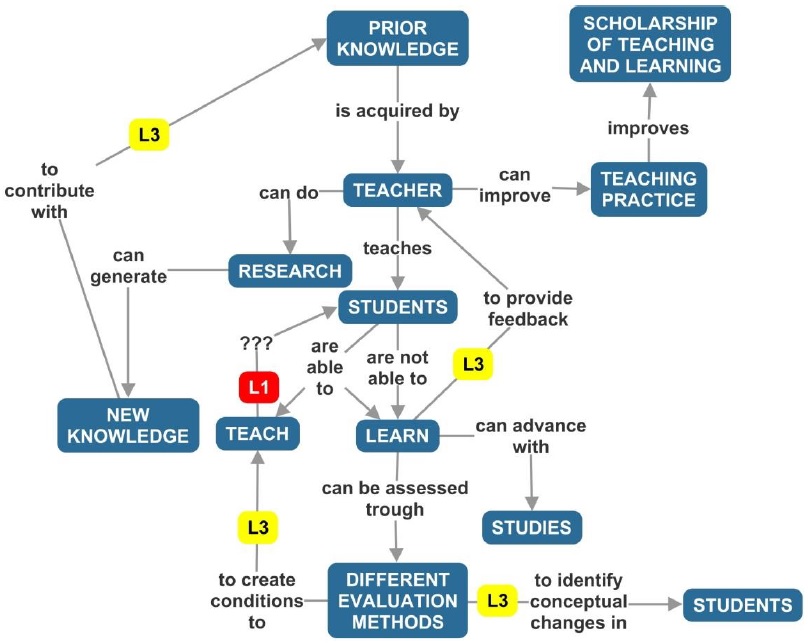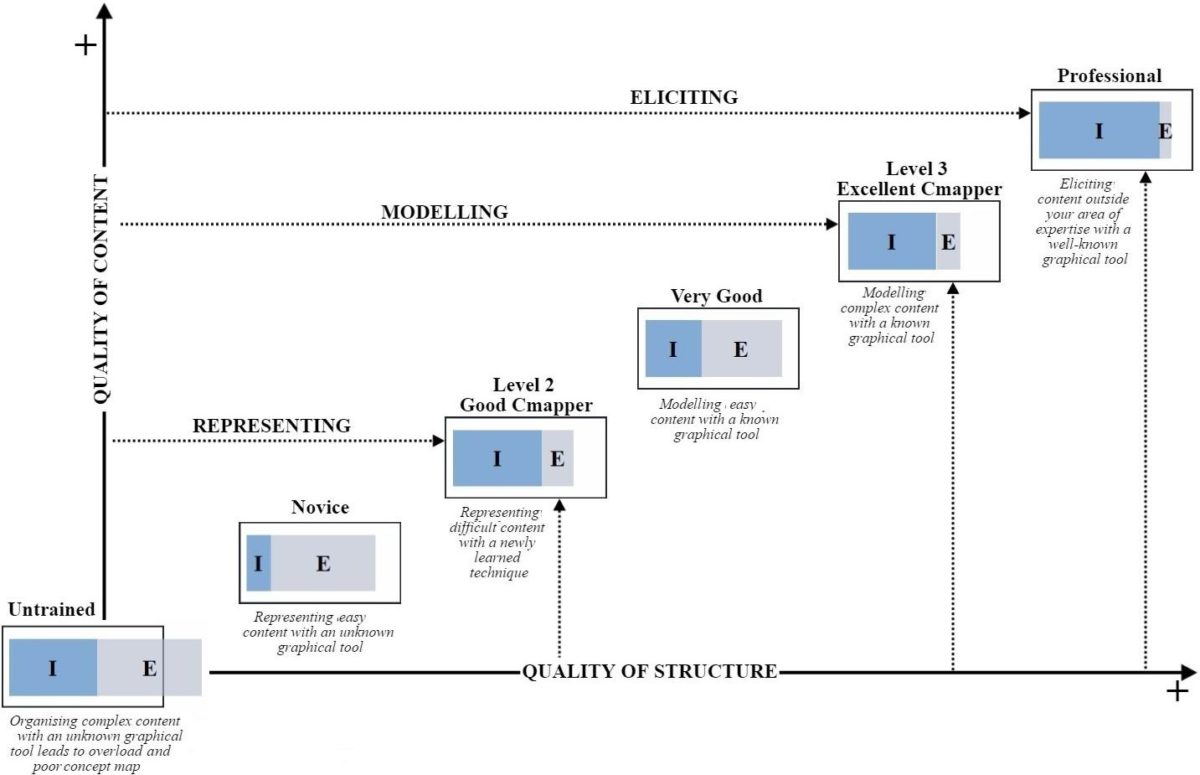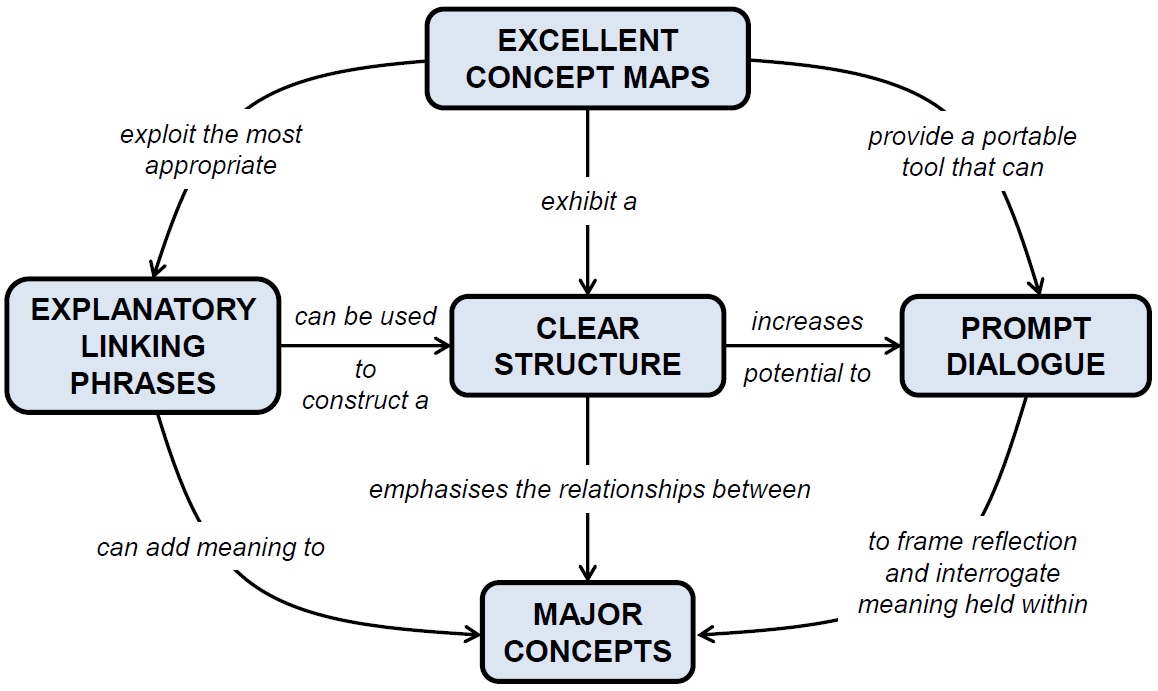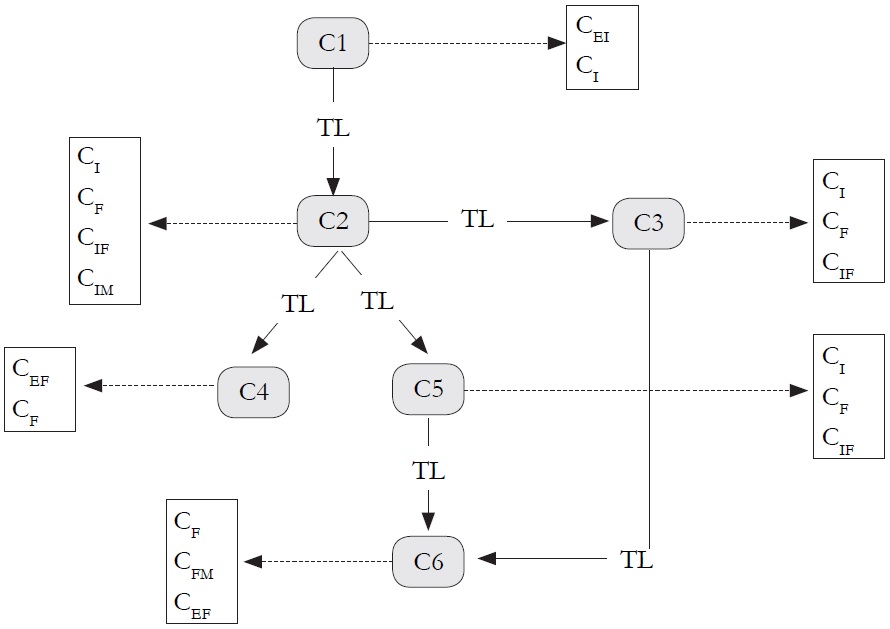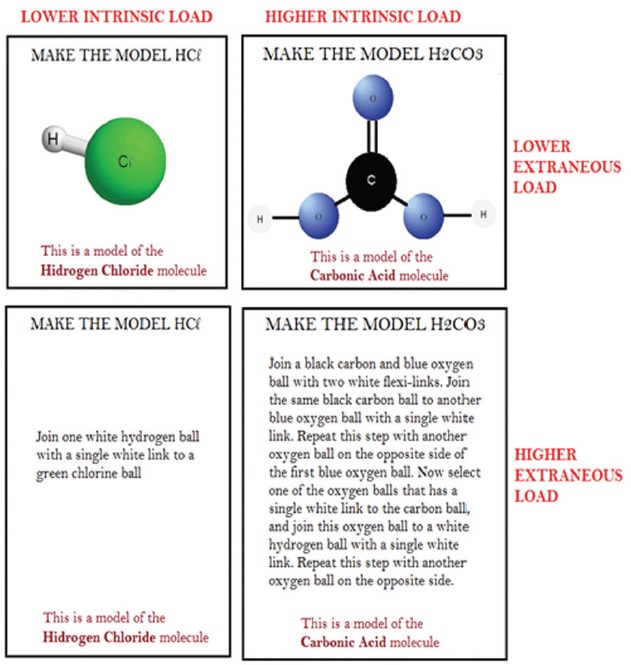The role of worked examples to teach concept mapping
Paulo R. M. Correia, Joana G. Aguiar
Resumo
The growing interest in concept mapping has expanded the use of this graphical organizer as a way to represent and share declarative knowledge. However, training beginners to elaborate concept maps (Cmaps) has not received the deserved attention. Students must to think intensely about how to select and organise the content into coherent structures, using an unfamiliar graphic organiser. These concurrent tasks can exceed the students’ working memory capacity (overload situation), impairing meaningful learning. The aim of this paper was to explore the worked example approach to teach students how to construct good Cmaps in real classroom settings. Graduate students were divided into control (n = 32, did not study WE) and experimental groups (n = 34, studied WE). They were asked to perform five transfer tests involving Cmap elaboration. The WE approach helped the students to (1) develop high-quality propositions, (2) apply a conceptual hierarchy to guarantee general-to-specific organisation, and (3) evaluate the propositional network integrity. However, there was no WE effect on learning how to state a proper focus question for the Cmap. The use of WE is valuable to set up reliable training activities about concept mapping, and the presented materials (WE) can be applied in any educational setting with some adaptations. Future studies should combine the use of WE with other instructional approaches to teach how to state a proper focus question.
Leia o artigo completo
Clique aqui para acessar o texto completo.

